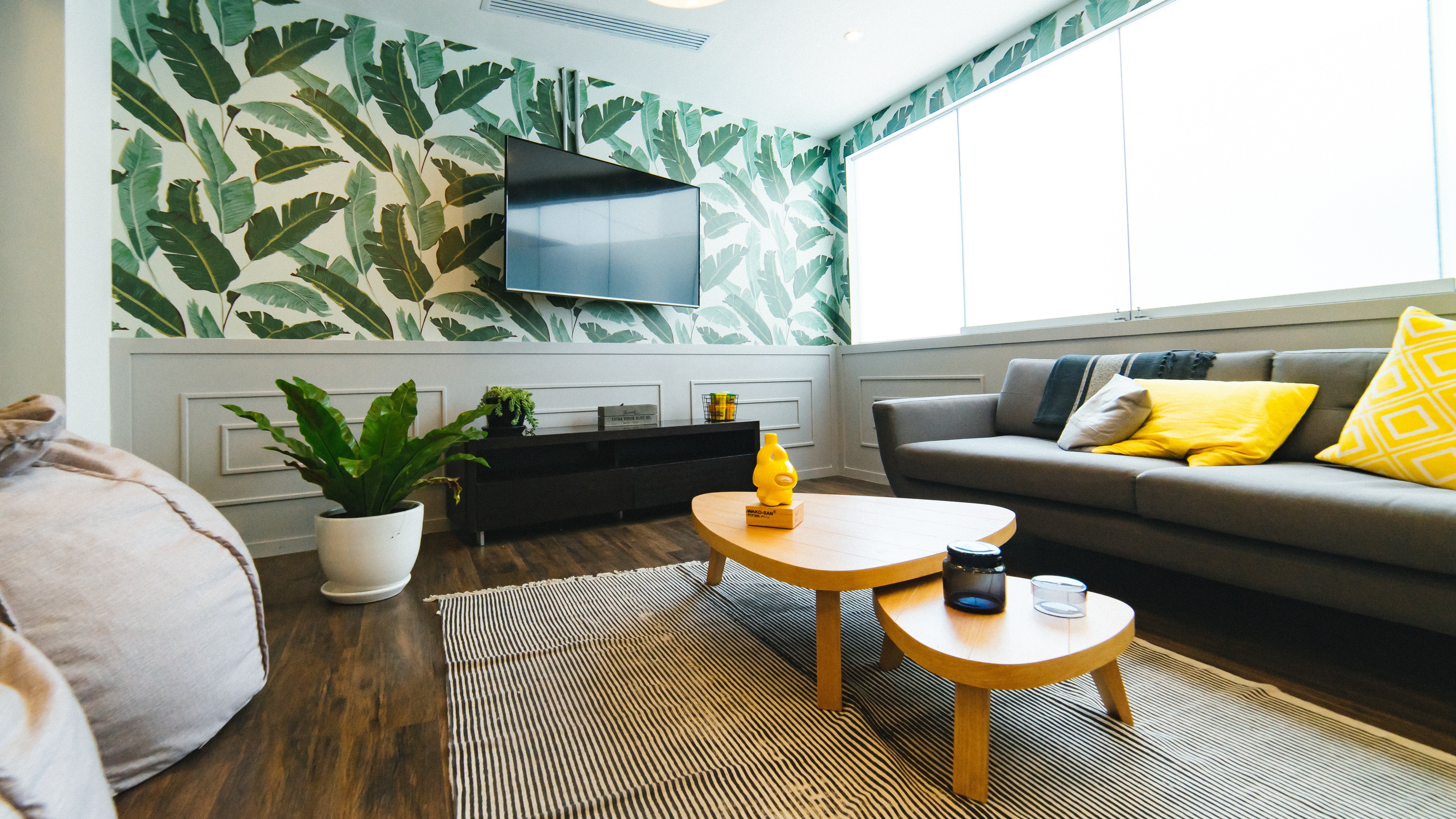
Very few homeowners can afford to purchase an entire house worth of furniture and décor in one go, but that doesn’t mean we have to give up on having a stylish and well-integrated interior. Designers and decorators around the world use clients’ inherited furniture, hand-me-downs and second-hand purchases to add layering and contrast to interiors. With a little bit of creativity and experimentation, we can too!
“Furnishing an interior from scratch is great in theory, but can end up feeling quite cold and impersonal – like a hotel room,” says Debbie Reabow, homeowner and Brand and Communications Manager for the Rawson Property Group. “Strategically using older items with a bit of character and history, on the other hand, really warms a home up and shows off the personality of the people who live there.”
Here are a few tips and tricks Reabow has used in her own home to blend different styles seamlessly and create a space with personality and charm.
Assess your space
“Every home has a style or personality of its own,” says Reabow, “and any décor elements you add will be layering over this existing character. It’s more difficult to achieve a cohesive interior if you’re competing against the innate style of your house, so it’s a good idea to take this into consideration when arranging furniture in a room.”
That said, Reabow notes that contrasting styles can be very effective in some instances, so don’t worry if your furniture isn’t in the exact same style or from the same period as your home.
“It’s more about understanding the underlying feeling of a space, and working with that instead of against it,” she explains. “You’ll never make an industrial space feel like a Victorian parlour, but you can make Victorian furniture complement an industrial home.”
Get creative with your furniture
Once you’ve figured out your home’s style, take a look at your furniture and décor and think about the effect you’d like to create. Are you aiming for clean and crisp and modern, quaint and cottagey, or is colourful eclecticism your ideal? Now try to imagine your furniture in this kind of space. Does it work, or will it need a little help fitting in?
“Don’t be afraid to get creative with your inherited items,” says Reabow. “A coat of paint in an unusual colour can turn a very traditional chair or table into something perfect for a modern interior, while glass and chrome items can be softened with throws and warm upholstery to blend into a more rustic or cottagey environment. Wooden items are very versatile, and can be left raw, varnished or painted to fit into almost any interior style.”
Use contrast wisely
Eclectic interiors are often wonderful, but too much contrast can become chaotic and confusing to the eye. This is often a problem when people move in together and combine different collections of furniture, décor and art.
To avoid ending up with a crazy mish-mash, Reabow recommends building up to your desired level of eclecticism by starting with neutral items and adding elements with more personality one by one.
“Most people have a few generic couches, chairs or tables lying around that will go with almost anything – those are a perfect base layer to start with,” she says. “If you don’t have any neutral basics, however, you can use colour to tie different styles together to form a cohesive design foundation on which to build. From there, you can layer in quirkier items piece by piece until you reach a comfortable balance of contrast and cohesion.”
Don’t be afraid of wear and tear
“A lot of people try to hide the scratches and stains on old furniture,” says Reabow, “but this kind of visible wear and tear often adds a lot of personality. A layer of rust on an old wrought-iron piece, ring marks on a wooden table, or threadbare patches on an old Persian rug can add a sense of hominess and authenticity to your décor that’s nearly impossible to fake.”
There is, of course, a balance to be found between stylishly weathered and just plain shabby.
“Very traditional pieces can support a more time-worn look than modern items,” she says, “but they need to be balanced with items in obviously good condition. Stains on wood can be attractive, but stained fabric just looks dirty. Also, keep safety in mind and make sure there are no sharp edges, splinters or rusty nails exposed – you don’t want your décor to be a health hazard!”